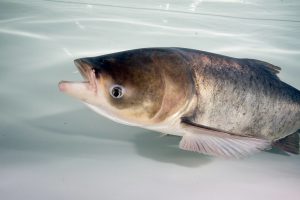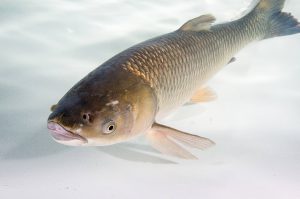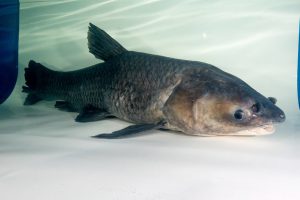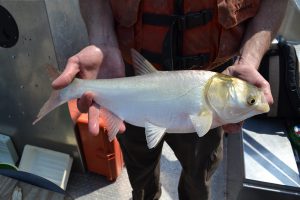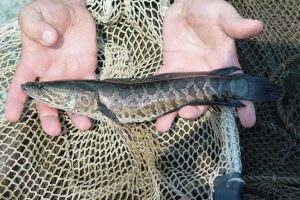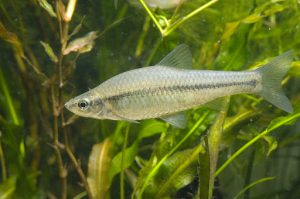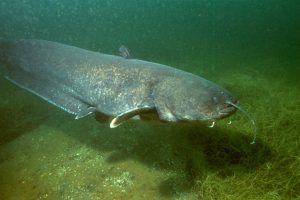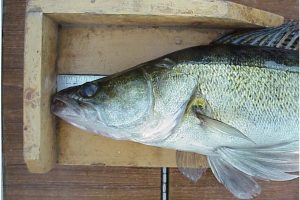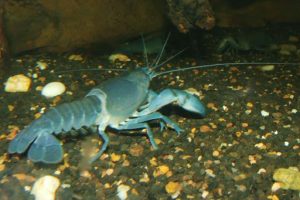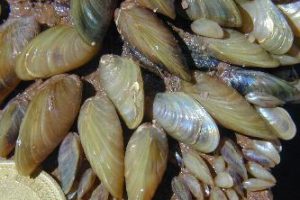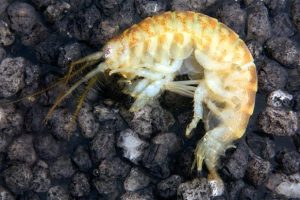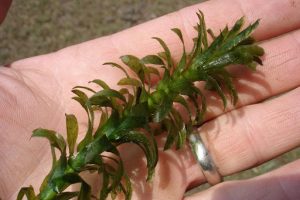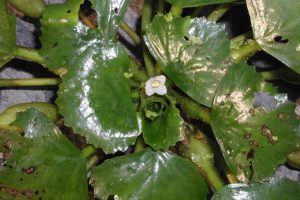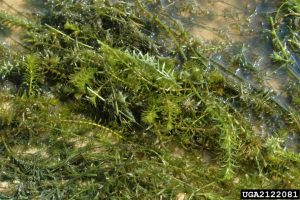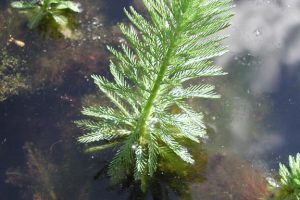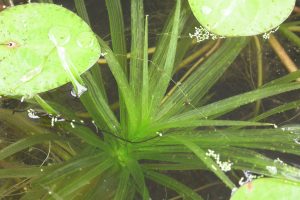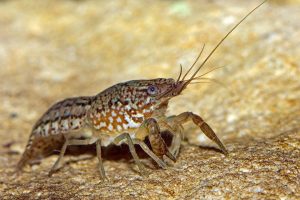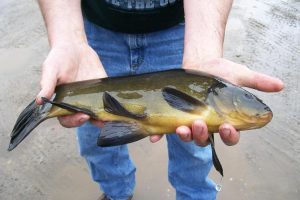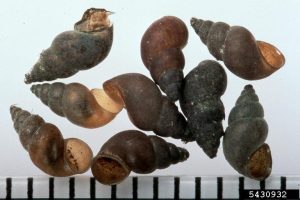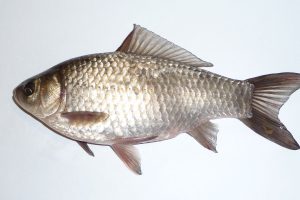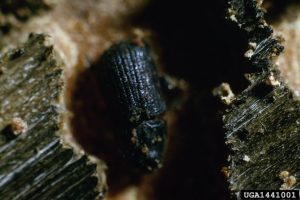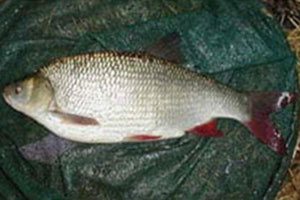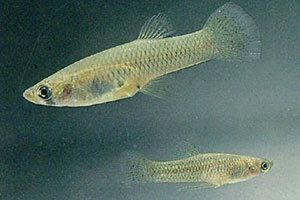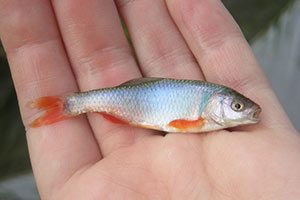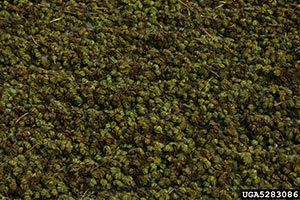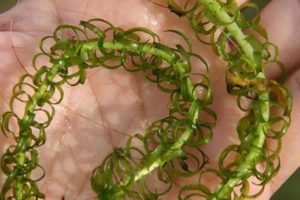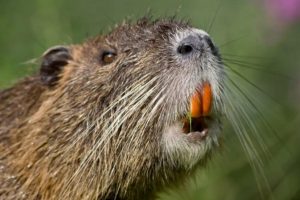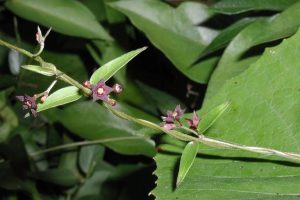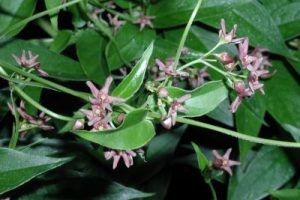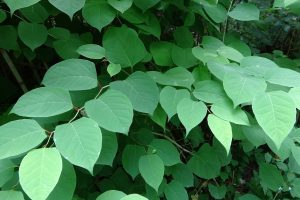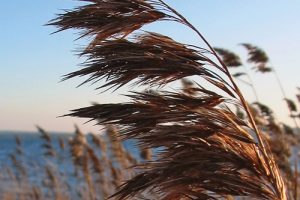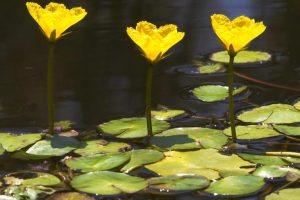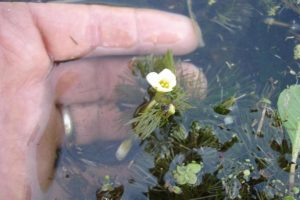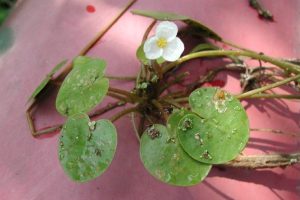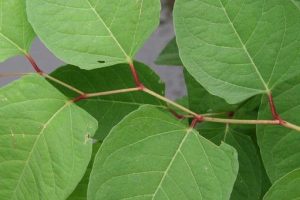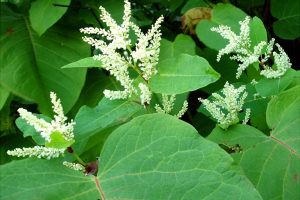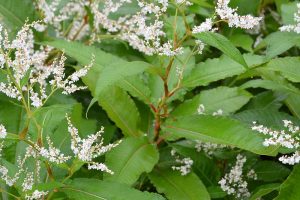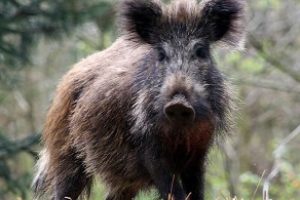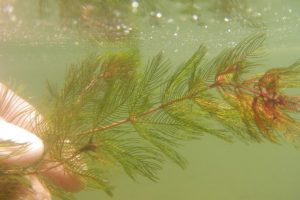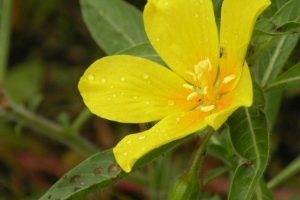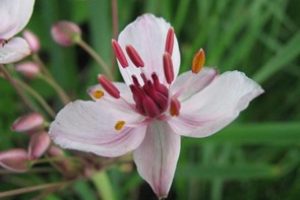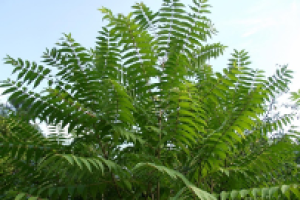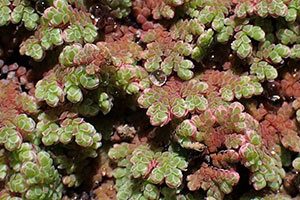The Ontario Invasive Species Act
The Ontario government has regulated 10 species and four groups of similar species under the Ontario Invasive Species Act (ISA) to help prevent, control and reduce their spread within Ontario.
The following species and groups are now prohibited in Ontario as of January 1, 2024:
Ide (fish)
- Potential impacts: introduce parasites, virus and disease transmission, and compete with native fishes.
Eastern and Western Mosquito Fishes (fish)
- Potential impacts: outcompete native fish species for food and habitat through aggressive feeding of zooplankton, eggs and larvae, leading to the loss of biodiversity and potential loss of some native species in Ontario.
Red Shiner (fish)
- Potential impacts: reduce native fish populations through predation on eggs and larvae, genetic impacts through hybridization, and introduction of parasites.
Oxygen Weed (aquatic plant)
- Potential impacts: dense colonies outcompete native vegetation, adversely affect water quality and impede recreational activities such as boating and swimming.
Nutria (mammal)
- Potential impacts: burrowing and foraging behaviour impacts agricultural areas and increases flooding risks, spread parasites and disease to humans, pets and livestock, and can destroy coastal wetlands.
Genus Salvinia (Watermoss – aquatic plant)
- Potential impacts: dense colonies outcompete native vegetation, adversely affect water quality and impede recreational activities such as boating and swimming.
Genus Procambarus and Genus Pacifastacus (Crayfish)
- Potential impacts: compete with native crayfish and fish species for food and shelter.
The following species and group are now restricted in Ontario as of January 1, 2024:
Eurasian Water-milfoil (aquatic plant)
- Potential impacts: outcompete native vegetation, adversely affect water quality, impede recreational activities and create habitat for mosquitoes.
Floating Primrose-willow (aquatic plant)
- Potential impacts: dense colonies outcompete native vegetation, adversely affect water quality, and impedes recreational activities such as boating and swimming.
Flowering-rush (aquatic plant)
- Potential impacts: can displace native riparian vegetation, forms dense stands which impact industrial and recreational uses of shallow waters, and reduces habitat of native fish and increases habitat for invasive fish.
Tree-of-heaven (terrestrial plant)
- Potential impacts: changes chemical and microbial activity in soils, reduces soil nutrients, displace native plant species, associated with several fungal pathogens and the preferred host to the spotted lanternfly (Lycorma delicatula).
Genus Azolla (Water Ferns – aquatic plant)
- Potential impacts: dense colonies outcompete native vegetation, adversely affect water quality, impedes recreational activities such as boating and swimming, and negatively affect wild rice populations.
Learn more about the regulatory updates here.
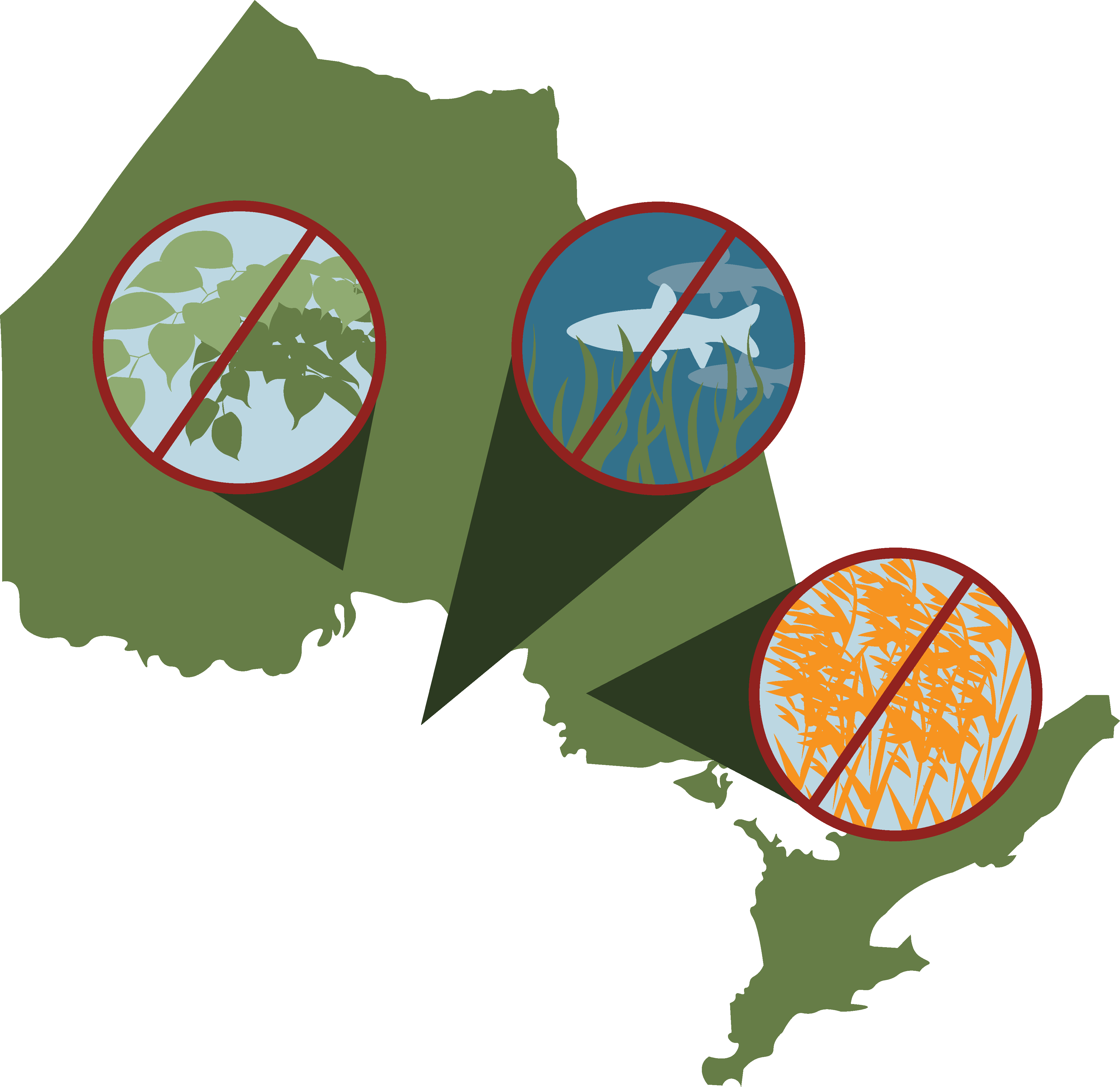
In 2015, the Ontario provincial government introduced the Invasive Species Act (2015), which explicitly regulates the prevention and management of invasive species in Ontario. 31 species or similar groups of species are prohibited under this Act, meaning it is illegal to import, possess, transport, or release these species anywhere in Ontario. 16 additional species or similar groups of species are restricted, meaning it is illegal to bring them into provincial parks or conservation reserves and illegal to import or release them anywhere in Ontario.
Species are chosen for regulation under the Invasive Species Act based on their invasive qualities and their potential impact on the environment, the economy, and society well-being.
Read the full Ontario Invasive Species Act here.
Learn more about federal and Ontario provincial invasive species legislation here.
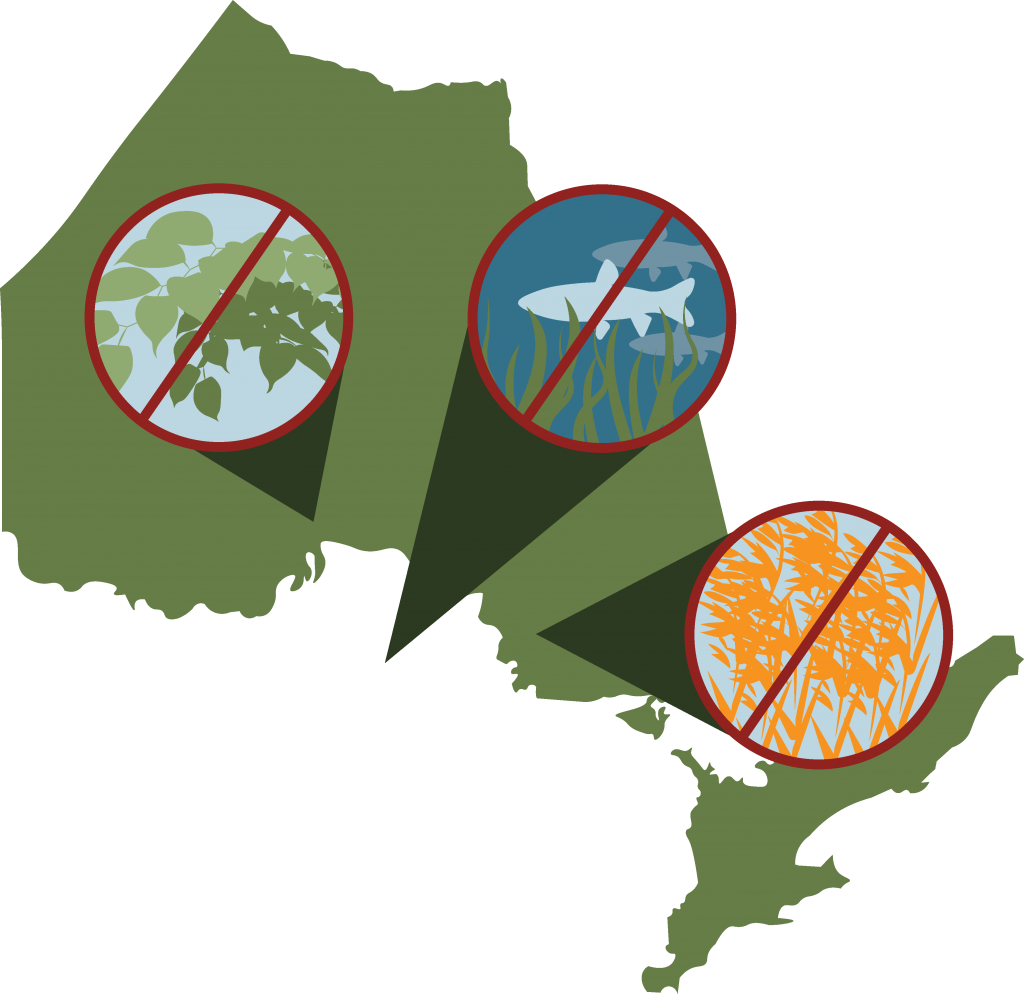
In 2015, the Ontario provincial government introduced the Invasive Species Act (2015), which explicitly regulates the prevention and management of invasive species in Ontario. Sixteen species are prohibited under this Act, meaning it is illegal to import, possess, transport, or release these species anywhere in Ontario. Four additional species are restricted, meaning it is illegal to bring them into provincial parks or conservation reserves and illegal to import or release them anywhere in Ontario.
Species are chosen for regulation under the Invasive Species Act based on their invasive qualities and their potential impact on the environment, the economy, and society well-being. The Ontario Ministry of Natural Resources and Forestry is currently reviewing the potential addition of 13 new species and one carrier for regulation under the Act.
Read the full Ontario Invasive Species Act here.
Learn more about federal and Ontario provincial invasive species legislation here.
Prohibited species in Ontario
It is illegal to import, possess, deposit, release, transport, breed/grow, buy, sell, lease or trade prohibited invasive species. (Ontario Invasive Species Act)
Restricted species in Ontario
It is illegal to import, deposit, release, breed/grow, buy, sell, lease or trade restricted invasive species. (Ontario Invasive Species Act)
Additional Information
In 2022, the province passed a series of amendments to the Invasive Species Act that will recognize certain watercraft and related equipment as vectors of spread for Aquatic Invasive Species (AIS). This means that there are now limitations that concern the movement of watercraft between waterbodies in order to prevent accidental transportation of aquatic hitchhikers. For instance, watercraft such as motorboats, rowboats, canoes, punts, sailboats, rafts, or other related equipment may only be transported if drain plugs and other devices used to control drainage of water have been opened or removed. A summary of the changes can be found here.
The amendments also contain new regulations as they pertain to pigs. It is now prohibited to release pigs into the natural environment, hunt wild pigs with the exception of for the protection of property, and to import, possess, transport, propagate, lease, trade, buy or sell Eurasian wild boar and their hybrids. Regulations regarding the pigs allows for the province to facilitate control strategies that can manage their spread and damage to natural environments. More information on the provincial wild pig strategy can be found here.
Species under review for the Ontario Invasive Species Act
In early 2020, the Ontario Ministry of Natural Resources and Forestry proposed the addition of 13 new species and one carrier to the Act. The public comment period ended on April 13, 2020, and the proposal is currently under review.
To date, the Ontario Invasive Species Act has not included pathways of spread. Under the new proposal, the Ontario MNRF is looking at regulating boating as a carrier for aquatic invasive species. This would involve regulations for the movement of boats over land and standardized Clean, Drain, Dry principles. Learn more about these developments here.

